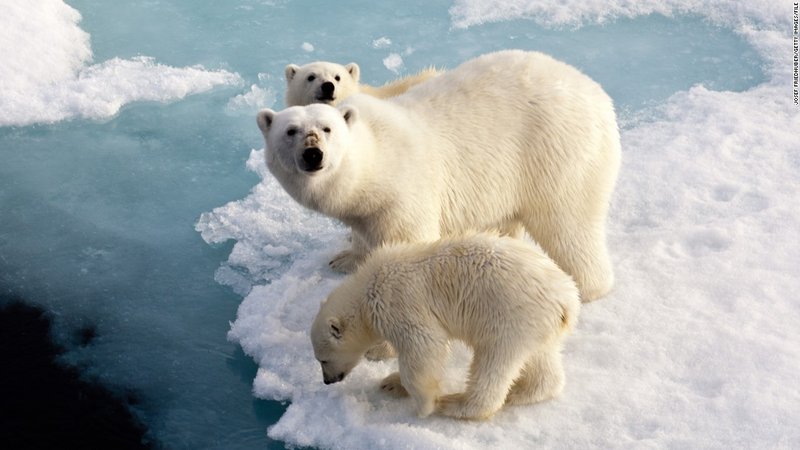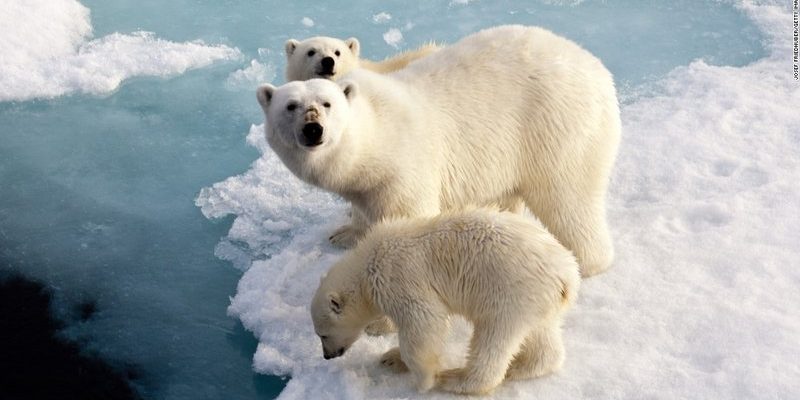
Now, you might be wondering why we should care about the X-ray tetra specifically. After all, aren’t they just another type of fish? Well, here’s the thing: these fish are indicators of environmental health. Changes in their population and behavior can signal larger shifts in water quality and ecosystem balance. With climate change altering weather patterns, temperatures, and water conditions, the implications for these fish—and the aquatic environments they thrive in—can be profound.
What Is The X-Ray Tetra?
The X-ray tetra, known scientifically as *Pristella maxillaris*, is a small freshwater fish that’s easy to recognize. With their transparent bodies and striking silver sheen, they look like miniature works of art gliding through the water. Growing to about two inches long, these fish are native to the Amazon Basin, often found in slow-moving streams and river channels. They’re social creatures, usually swimming in schools, which makes them even more lively and engaging to watch in an aquarium setting.
What’s interesting about these fish is their adaptability. They thrive in various water conditions, from acidic to neutral pH levels. However, just like us, they’re sensitive to changes in their home environment. So, when the climate warms and water quality fluctuates, it can drastically impact their behavior, breeding, and survival rates.
How Climate Change Is Impacting Water Temperature
One of the most direct effects of climate change is the rise in water temperatures. As global temperatures soar, so do the temperatures of rivers, lakes, and streams where X-ray tetras live. Think of it like having a warm bath; while it might feel nice at first, too much heat can be overwhelming—especially for fish that have evolved to thrive in specific temperature ranges.
Warmer waters can lead to a number of issues for the X-ray tetra. For one, increased temperatures can decrease oxygen levels in the water, which is vital for their survival. Fish need oxygen to breathe, just like we do. When oxygen levels drop, it can lead to stress and even death. Additionally, higher temperatures can promote the growth of harmful bacteria and parasites, making these fish even more vulnerable to disease.
Changes in Water Quality
Alongside temperature shifts, climate change can affect water quality in various ways. Increased rainfall from intense storms can lead to more runoff, which washes pollutants into natural water bodies. This runoff can introduce harmful chemicals, sediments, and even plastic waste, significantly impacting the habitats where X-ray tetras live.
Poor water quality can disrupt their breeding and feeding patterns, leading to decreased populations. If the water becomes too polluted, the X-ray tetra may struggle to find safe places to spawn and shelter, ultimately squeezing their numbers and threatening their survival.
Habitat Loss and Fragmentation
As climate change progresses, natural habitats are experiencing more drastic changes. Deforestation, urban development, and agricultural expansion are just a few factors contributing to habitat loss. For the X-ray tetra, this means losing the lush, diverse environments they depend on.
Let’s imagine their natural habitat as a vibrant community filled with various plants and animals. When parts of this community are destroyed, it doesn’t just impact the X-ray tetras; it affects all the species that rely on that ecosystem. Fragmented habitats can also isolate fish populations, making it harder for them to find mates and reproduce, which can threaten their long-term survival.
The Ripple Effect on Ecosystems
When you remove or reduce a species like the X-ray tetra, you don’t just lose that fish; you shake up the entire ecosystem. They’re part of the food web, and their presence helps maintain balance within their environment. Predators rely on them as a food source, and their feeding habits can influence plant life and algae growth.
So, when climate change alters their populations, it can lead to overpopulation of algae or a decline in other fish species that also depend on similar habitats. This ripple effect can cause a cascading decline in biodiversity, ultimately altering the entire ecosystem.
How We Can Help
You might be feeling a bit disheartened by all this, but here’s the good news: there are ways we can help protect the X-ray tetra and its environment. Supporting conservation efforts is crucial. Organizations focused on habitat preservation can make a real difference by advocating for protected areas and sustainable practices.
You can also take personal steps to minimize your ecological footprint. Simple actions like reducing plastic use, conserving water, and being mindful of your local environment can contribute to broader efforts. If you have an aquarium, consider choosing sustainable practices to care for your fish, ensuring you’re not inadvertently contributing to the problem.
Climate change is a complex challenge that impacts every corner of our planet, including the delicate world of the X-ray tetra. These little fish are more than just a beautiful addition to our aquariums; their health reflects the state of our aquatic ecosystems. By understanding how climate change affects them, we can take steps to safeguard their future. Together, we can create a healthier world for all species, big and small. So, as you consider your next aquarium addition, remember the X-ray tetra and the importance of protecting their home.

